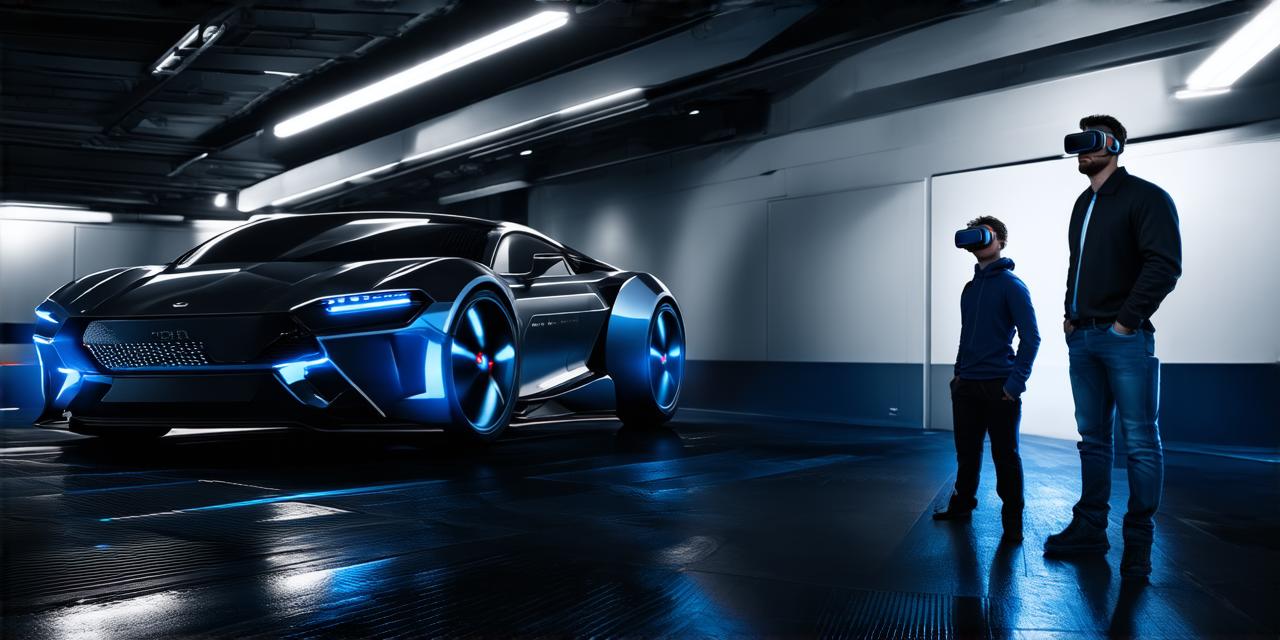<!DOCTYPE html>
Market Research: Understanding Your Target Audience
Before diving into VR/AR development, it’s essential to understand your target audience’s needs and preferences. Conduct market research to gather insights on their demographics, behavior, pain points, and motivations. This information will help you design a product that resonates with them and delivers value.
Targeting: Reaching Your Ideal Customers
Once you have a clear understanding of your target audience, it’s time to develop a targeted marketing strategy. Identify the channels your customers use most and tailor your messaging to each platform.
Platform Selection: Choosing the Right Technology for Your Needs
There are several VR/AR platforms available, each with its own strengths and weaknesses. It’s essential to choose the right technology for your needs based on factors like budget, development expertise, target audience, and use case.
Content Creation: Crafting Engaging Experiences
Content is king in the VR/AR world. To create engaging experiences, you need to understand the unique characteristics of these technologies and how they impact user behavior.
User Experience: Designing for Success
User experience (UX) is critical to the success of any VR/AR app. To create a positive UX, you need to focus on usability, accessibility, and intuitive design.
Analytics: Measuring Success and Optimizing for Improvement
To optimize your VR/AR development strategy for success, you need to track key performance indicators (KPIs) and analyze user behavior data. This information will help you identify areas for improvement and refine your approach over time.
Case Study: Success Stories in VR/AR Development
Let’s take a look at some real-life examples of successful VR/AR development strategies:
1. IKEA Place: IKEA’s AR app allows users to visualize how furniture would look in their homes before making a purchase. The app has been downloaded over 50 million times and has driven significant sales for the company.
1. Pokemon Go: Niantic’s AR game became a cultural phenomenon, with millions of users worldwide engaging with the game on a daily basis. The game’s success was driven by its immersive experience, social sharing features, and real-world gameplay elements.
1. Virtual Try-On: L’Oreal’s VR app allows users to try on makeup in a virtual environment before making a purchase. The app has been downloaded over 2 million times and has driven significant sales for the company.
FAQs
1. What is the difference between VR and AR?
VR creates a fully immersive experience that transports users to another world, while AR overlays digital information onto the real world.
1. How do I choose the right VR/AR platform for my needs?
Consider factors like budget, development expertise, target audience, and use case when choosing a VR/AR platform.
1. What are some key performance indicators (KPIs) to track in VR/AR development?
Engagement rate, conversion rate, bounce rate, and retention rate are some KPIs to track in VR/AR development.
